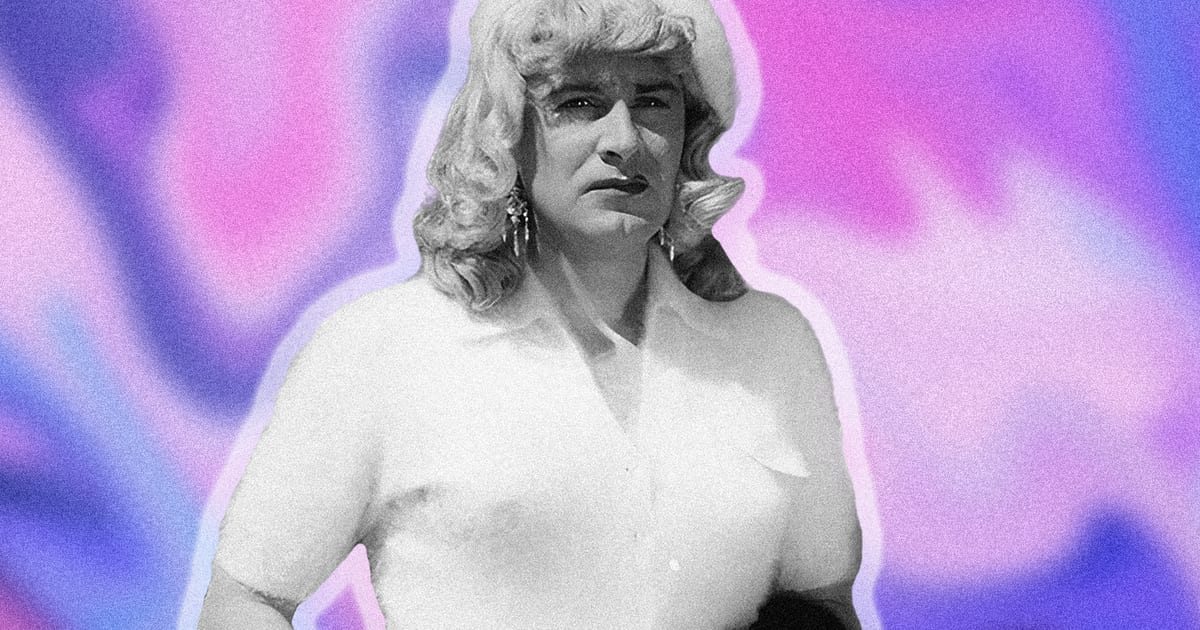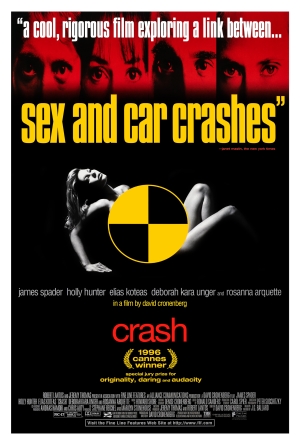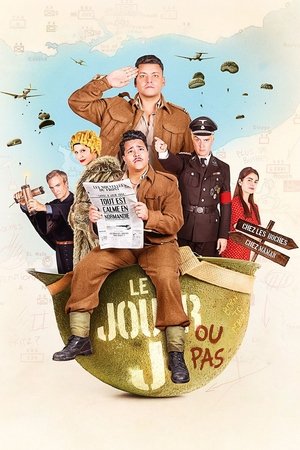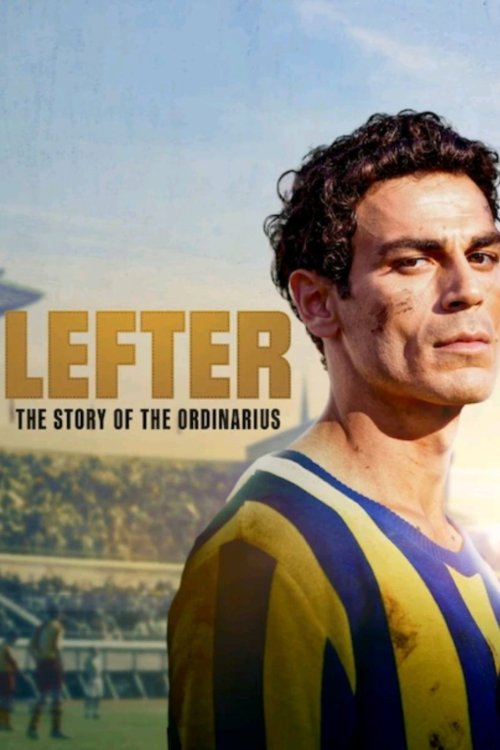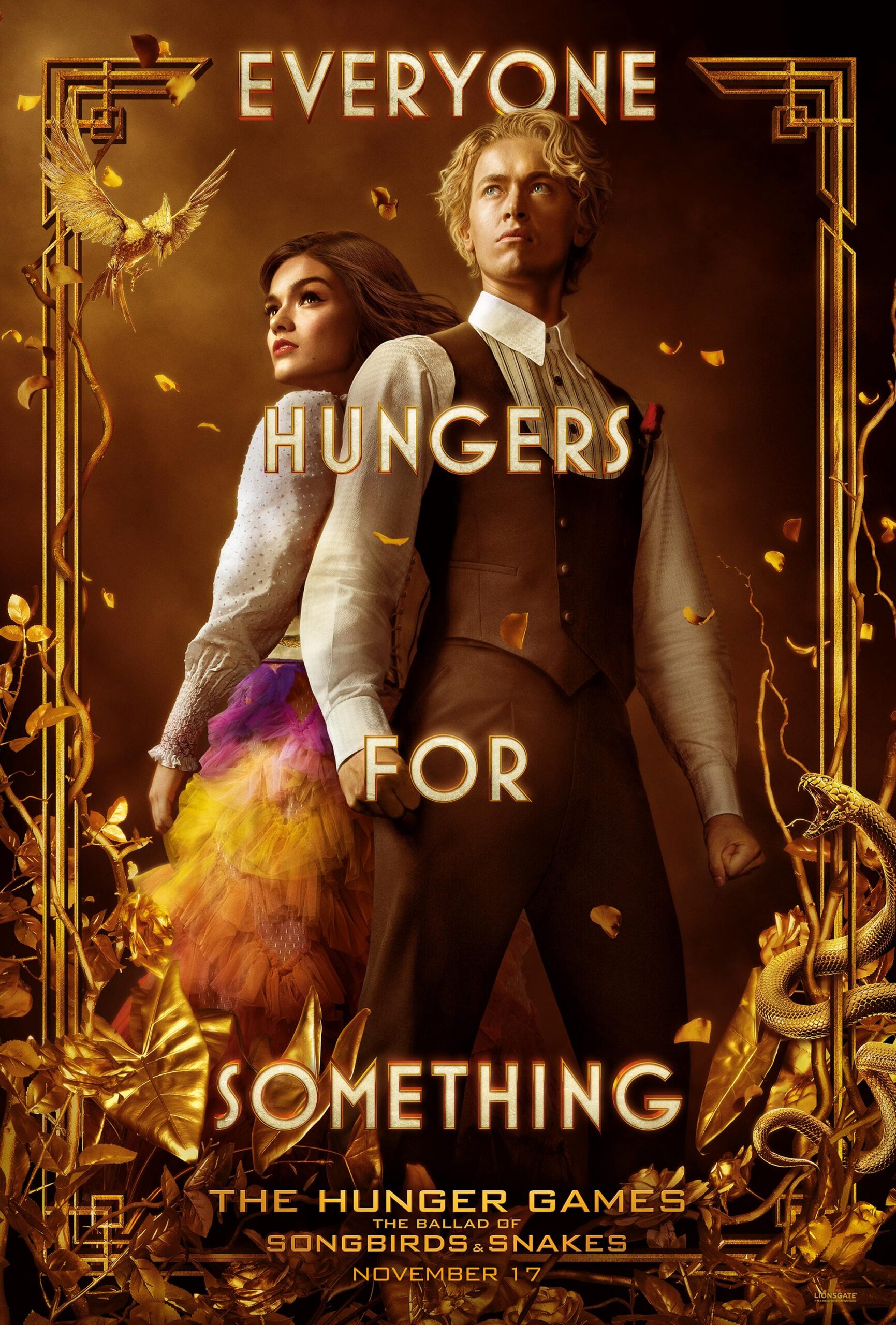Ed Wood Jr and the pain of pronouns

Every time I write about Ed Wood it hurts. Not because of the extremely personal content of the work, or because of an artist lost to housing insecurity and addiction, but because after a sentence or two, no matter how much I try to avoid it, I’m going to have to use a pronoun. There was no point in Ed’s life where he would have used anything other than he, and he never claimed a transgender identity – not exactly at least. And so maybe it’s not my place to say, but something doesn’t sit right with me.
Ed Wood was always misunderstood. His low-budget/high-passion genre films, Plan 9 from Outer Space (1957) and Bride of the Monster (1955) especially, garnered him the title of The Worst Director Of All Time, though this had as much to do with their availability on television as their pokey sets and strange, accidentally off-kilter atmosphere. It’s only fairly recently that his work has started to be properly appreciated. A clear marker of this is Will Sloan’s new book Ed Wood: Made in Hollywood USA, which finds the compelling and personal pockets within his broader oeuvre without trying to deny the clumsiness of their technique.
Get more Little White Lies
When I saw his film Glen or Glenda (1953) for the second time, when I was able to look past its reputation, when I was ready to face it and myself, it felt so painfully intimate, so close to my own experiences as a trans woman that I couldn’t believe it was made by someone who hadn’t been through the same thing. Through multiple framing devices and Ed’s clumsy mix of genre tropes and shoddy self-expression, in the two stories of people drawn to and torn apart by their desire to transition, I could see my own nascent, confused pre-transition feelings. I could see an idea trying to find the language to express itself.
It doesn’t take a trans person to make a trans resonant movie, or even a movie that deals directly with our inner lives – Queen Christina (1933) and Sylvia Scarlet (1935) would be two excellent examples preceding Ed Wood – but it only took a few minutes of rummaging through the definitive Ed Wood biography Nightmare of Ecstasy (1992) to find his former partner Dolores Fuller confirming my suspicions and desires. “Our relationship” she says, “was pretty much like the movie Glen or Glenda, I’m afraid to say”.
Foraging further into the book, I found some truly idyllic stories of Ed hosting dinner for Fuller, or co-writer Alex Gordon, or even Bela Lugosi dressed fully as a woman, he would smile and tell them, “That’s the real me!” And some where he was more playful, finding pleasure in passing and disappearing into Shirley, his female alter-ego. When Glen or Glenda’s make-up artist, Harry Thomas, was invited around to Ed’s apartment to pick up the script, a woman answered the door, and it was only after a few minutes of toying with him that she revealed that she was really Ed.
In a time where it was literally illegal to cross-dress in public, it makes sense that these instances of gender expression were mostly confined to his apartment and often softened by humour. But it’s hard to tell what desires lay underneath his actions. Even if he was still around, you couldn’t exactly ask him. Ed was something of a fantasist, or, to put it less kindly, a bullshitter. Many of his war stories have been proven false in James Pontolillo’s The Unknown War of Edward D. Wood, Jr.: 1942 – 1946 (2017). But even in his fantasies, he kept drifting back to the same place.
He claimed somewhat credibly to have dressed in drag to stunt double in Sam Fuller’s The Baron of Arizona (1950), and somewhat less credibly claimed to have performed a half-man half-woman act at the circus, creating breasts by “put[ting] a needle in the nipples and bl[owing] it up”. Or, more tragically, is a letter sent to Letters from Female Impersonators magazine in 1961, when Ed’s career had started to fade even further into the margins. It’s from a woman called Shirlee, who shares much of Ed’s looks and life story, but when she reaches Glen or Glenda, she tells it a little differently. Here, her female impersonation act, an evolution of her half-man half-woman one, was so impressive that it “led to an offer to appear in motion pictures […] in female attire, playing the starring role.”






